Irrigation and Water Management: Irrigation and water management are essential components of modern agriculture, enabling farmers to grow crops in areas that would otherwise be unsuitable for agriculture. Irrigation involves the artificial application of water to land, while water management involves the planning, development, and maintenance of water resources for agricultural purposes. In this essay, I will explore the importance of irrigation and water management, the different types of irrigation systems, and the challenges facing water management in the 21st century.
Irrigation is an essential tool for increasing crop yields and ensuring food security. By providing crops with water when rainfall is inadequate, irrigation allows farmers to grow crops in areas that would otherwise be too dry. This is particularly important in areas with low rainfall or unpredictable weather patterns, where irrigation can help to mitigate the effects of drought.
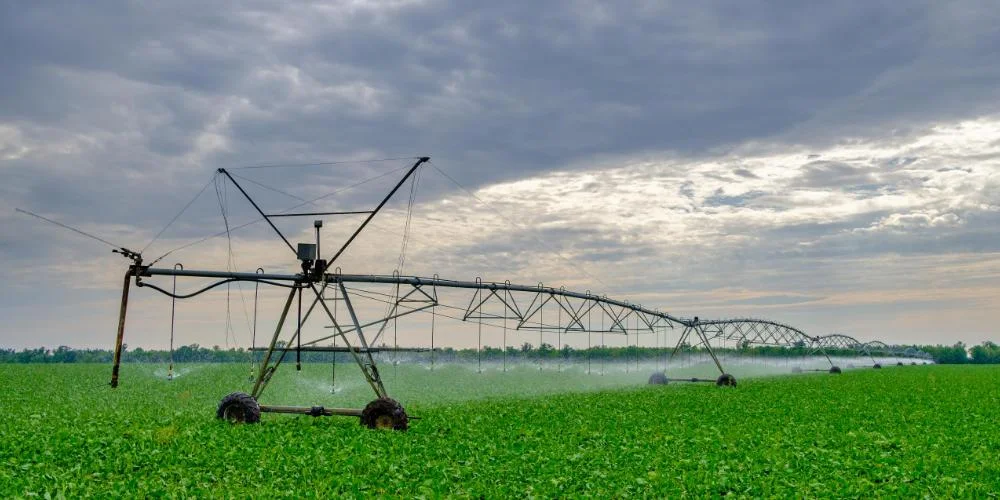
There are several different types of irrigation systems, each with its own advantages and disadvantages. The most common types of irrigation systems include surface irrigation, sprinkler irrigation, and drip irrigation.
Surface irrigation involves the flooding of fields with water. This is the oldest and simplest form of irrigation and is still widely used in many parts of the world. However, surface irrigation can be inefficient, as much of the water is lost to evaporation or runoff.
Sprinkler irrigation involves the application of water through a network of pipes and sprinkler heads. This can be a more efficient form of irrigation than surface irrigation, as it can reduce water loss due to evaporation and runoff. However, sprinkler irrigation can be expensive to install and maintain.
Drip irrigation involves the application of water directly to the roots of plants through a network of tubes and emitters. This is the most efficient form of irrigation, as it can reduce water loss due to evaporation and runoff. However, drip irrigation can be expensive to install and maintain, and it requires careful management to ensure that the right amount of water is applied to each plant.
Water management is also essential for sustainable agriculture. Water management involves the planning, development, and maintenance of water resources for agricultural purposes. This includes the management of groundwater, surface water, and rainwater.
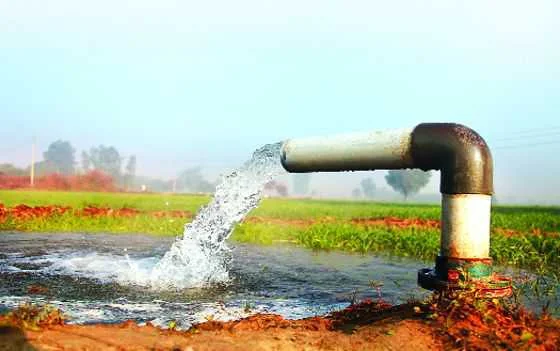
Groundwater is an important source of water for agriculture, particularly in areas where surface water is scarce. However, overuse of groundwater can lead to depletion of aquifers and land subsidence. This has led to the development of policies and regulations to ensure sustainable use of groundwater resources.
Surface water is another important source of water for agriculture. However, surface water is subject to seasonal fluctuations and can be vulnerable to pollution. This has led to the development of policies and regulations to ensure the sustainable use of surface water resources.
Rainwater harvesting is another important aspect of water management. Rainwater harvesting involves the collection and storage of rainwater for use in agriculture. This can be a cost-effective way to supplement other sources of water and can help to reduce the impact of drought.
Despite the importance of irrigation and water management, there are several challenges facing the management of water resources in the 21st century. These challenges include climate change, population growth, and increasing demand for water resources.
Climate change is expected to have a significant impact on water resources, with some regions experiencing increased drought and others experiencing more frequent floods. This will require new approaches to water management, such as the development of drought-resistant crops and the implementation of water conservation measures.
Population growth is another challenge facing water management. As the global population continues to grow, demand for water resources is expected to increase. This will require new approaches to water management, such as the development of more efficient irrigation systems and the use of alternative sources of water, such as treated wastewater.
Finally, increasing demand for water resources is another challenge facing water management. As the global economy grows, demand for water-intensive products, such as meat and biofuels, is expected to increase.
Read Also: Agricultural Economics and Marketing
![]()

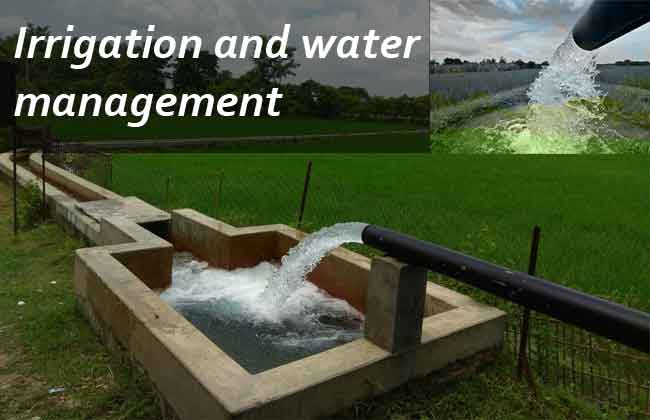

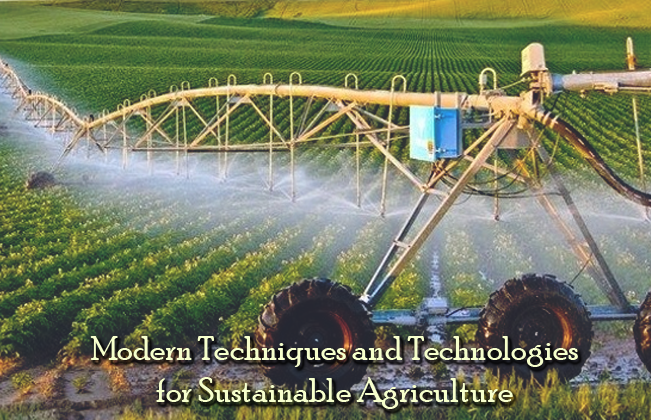
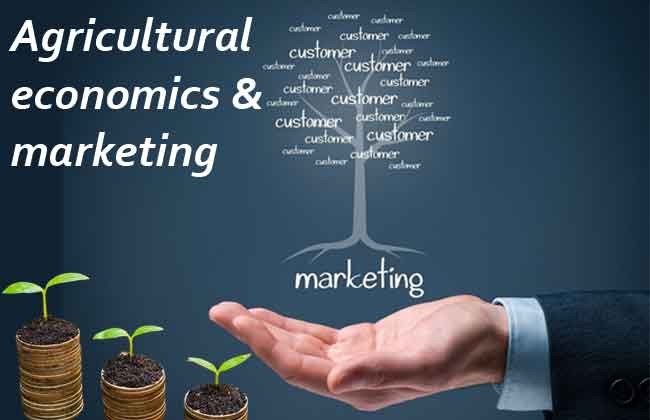
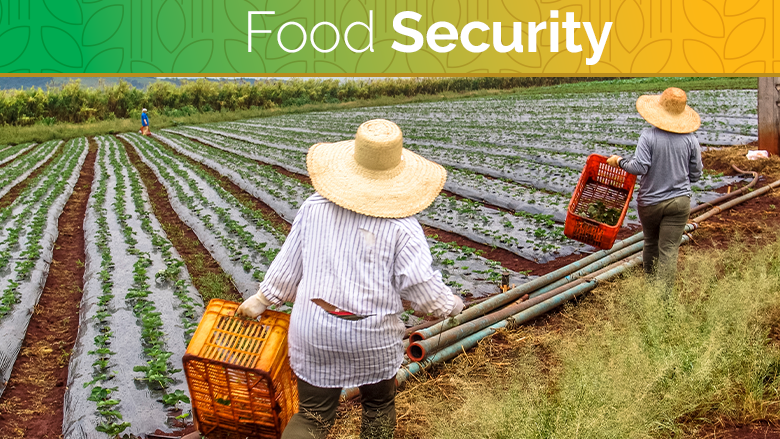
One thought on “Irrigation and Water Management”